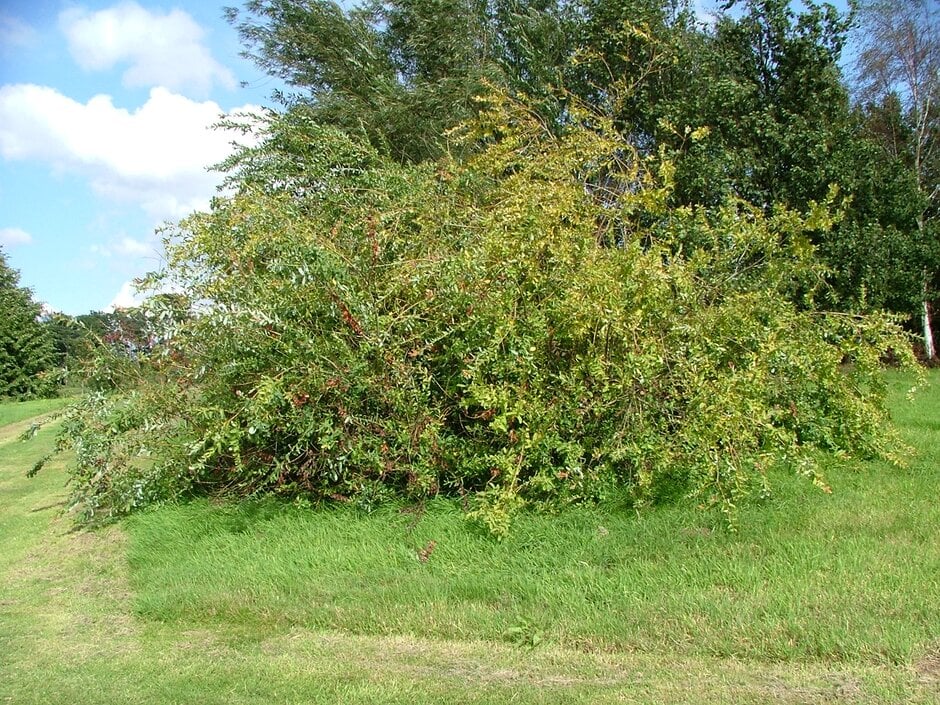Salix integra
A rounded, fast-growing, large shrub or small tree to 6m, with long, glossy, red-brown branches and drooping branchlets. Leaves are oblong, rounded and almost stalkless, tinged orange-pink when young, then bright green, with bluish-green undersides. Short, narrow, brown catkins appear in spring before the leaves

Buy this plant
Size
Ultimate height
4–8 metresTime to ultimate height
5–10 yearsUltimate spread
4–8 metresGrowing conditions
Moisture
Moist but well–drainedpH
Acid, Alkaline, NeutralColour & scent
| Stem | Flower | Foliage | Fruit | |
| Spring | Brown | Green Pink | ||
|---|---|---|---|---|
| Summer | Green | |||
| Autumn | Green | |||
| Winter |
Position
- Full sun
Aspect
South–facing or West–facing
Exposure
Exposed or Sheltered Hardiness
H5Botanical details
- Family
- Salicaceae
- Native to GB / Ireland
- No
- Foliage
- Deciduous
- Habit
- Bushy
- Genus
Salix are deciduous shrubs and trees of diverse habit, with simple leaves and tiny flowers in catkins, male and female usually on separate plants. Some are valued for their brightly coloured winter shoots, others for their foliage or showy male catkins
- Name status
Correct
- Plant range
- Japan & Korea
How to grow
Cultivation
Grow in deep, fertile, moist but well-drained soil in full sun
Propagation
Suggested planting locations and garden types
- Cottage and informal garden
- Wildlife gardens
- Flower borders and beds
Pruning
Pests
May be susceptible to aphids, caterpillars, leaf beetles and sawflies
Diseases
May be susceptible to willow anthracnose, a rust and a canker
Get involved
The Royal Horticultural Society is the UK’s leading gardening charity. We aim to enrich everyone’s life through plants, and make the UK a greener and more beautiful place.